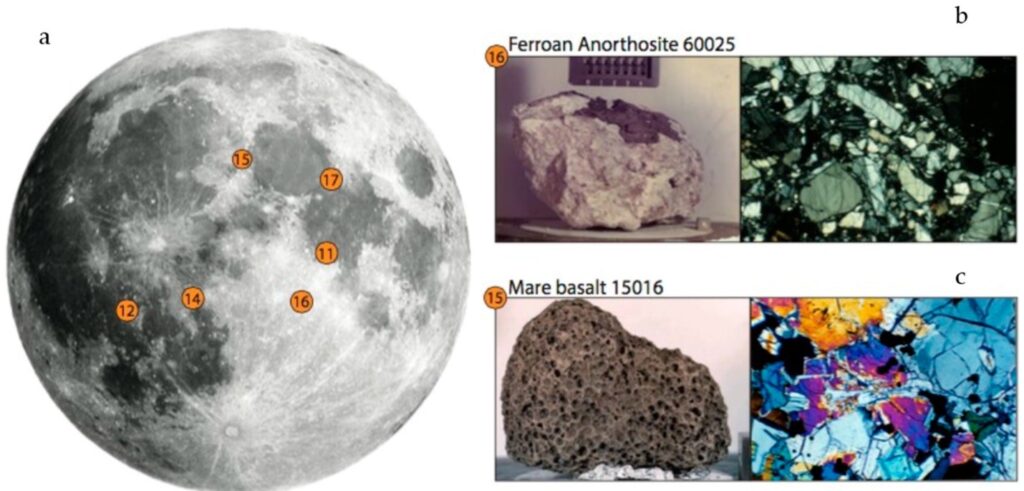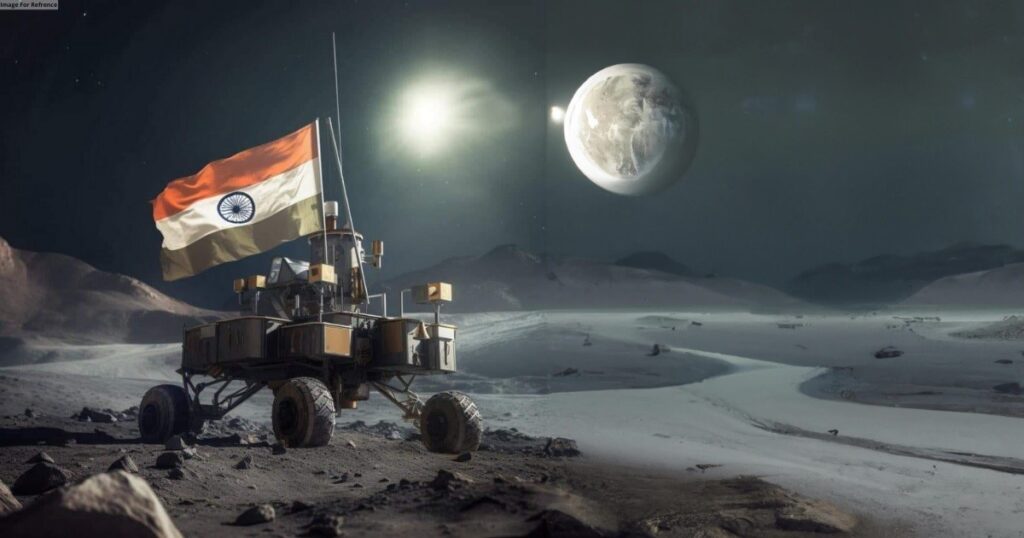States are interested in exploring the Moon since it can motivate people, push forward the limits of innovation in technology, and help us learn about the mysteries of the Universe. There are multiple reasons why are we striving so hard to reach the moon, which we shall discuss in our article. Recently, On August 23, 2023, the Chandrayaan-3 spacecraft from India became the first spacecraft to touch down close to the Moon’s South Pole. Additionally, it is now the first nation to set foot on the Moon after China in 2020.
Reasons Why Are Countries Exploring the Moon?
You may be wondering why countries are competing to go on Moon missions. Even though our Earth is the best planet for human beings to live on. Here are some main reasons you want to know:
1. To examine water
Water is necessary for living things on Earth, and we know that we haven’t left sufficient water resources for our coming generations. It would be great to collect this mineral from the moon, but it wasn’t known for some time whether the moon even had water. Scientists concluded that the Earth and Moon are made of the same elements after examining lunar specimens collected during the Apollo mission. This theory brought up a curious possibility: Could the moon have previously been wet as well?
2. Lunar ice can be used as fuel for engines
Water is composed of atoms of oxygen and hydrogen, and if both of these atoms are split and kept, they can be used to power a rocket. This is because hydrogen and oxygen are extremely explosive, and burning them together releases a significant amount of energy, which is sufficient to launch a rocket. As a result, lunar ice may theoretically provide spacecraft with fuel to take off, mainly a source of air to breathe, and water to drink.
3. To discharge pollution from industries
The Moon is an excellent place for industries since lunar stones and dust contain minerals and oxygen, as well as icy water in some areas. As a result, billionaire Jeff Bezos has suggested moving huge sections of heavy industry there, lowering pollution on Earth.
“The Moon could serve as a training ground for colonists before humans set up base on closer planets such as Mars”.
4. Moon’s rare Earth elements

The moon’s supply of rare earths is thousands of times more plentiful than Earth’s. The moon’s development is the only way to live with our limited land resources. Rare earth metals like europium, neodymium, and other elements are essential for all the modern stuff we use in cars, computers, flat screens, wind turbines, and phones. At the current rate of extraction, Earth’s supply of some of these elements will run out in a thousand years, and the price will skyrocket as we run out.
5. Continual solar power for Earth
Physicist David Criswell has recently shown that a solar power system based on the Moon could be cheaper than solar power on Earth, which is a big deal since the cost of sending people and machines to space, is so high.
The main problem is that scaling up enough solar power to power all of the world’s electrical needs would be expensive since it would need a lot of metals, glass, and cement. But since the Moon doesn’t have an atmosphere or weather, robots can build solar cells from lunar materials that are almost as thin as paper. So, if you circle the moon, it would be in constant sunlight, so it would be cheaper to get solar power from there and send it to Earth in microwaves.
Read our article Advances in Machine Learning Ascribes AI Progress
India’s Chandrayaan-3 successful landing on Moon

India became the first country to set foot on the Moon’s South Pole with the launch of its Chandrayaan 3 lander on August 23, 2023, making it the first country since China in 2020 to land on the lunar surface. India has joined several countries—including the United States through its Artemis program—in the quest to land on the moon. The South Pole is a particularly interesting area, as its craters, trenches, and pockets of old ice have remained unexplored until now. These space missions included over 60 countries. This initiative is now spreading to outer space discovery, especially to the Moon.
The current and future advancements in Moon Missions

NASA isn’t the only space organization with an increasing interest in the moon. Moon exploration has become international—even commercial—over the last two decades.
- Yutu-2, another Chinese lander, created history in January 2019 by being the first lander to land on the moon’s far side.
- India’s second moon orbiter, Chandrayaan-2, failed to land a tiny lander on the moon’s surface that year.
- In April 2019, Israel launched its Beresheet spacecraft toward the moon. Sadly, upon reaching the orbit of the moon, the spacecraft crashed during its attempt to land.
- Amazon CEO Jeff Bezos and Blue Origin have unveiled plans to build a lunar position near the South Pole where people may work and reside.
- SpaceX is constructing a spaceship capable of transporting a workforce to the moon and Mars, as well as a plan to transport tourists to the moon’s orbit.
- NASA is also considering a daring return to the moon. The Artemis program, a sister effort to the historic Apollo project, intends to land the first woman and the next man on the moon by 2024.
FAQ’s Regarding Moon Missions
Q: Is the Chandrayaan-3 mission manned?
Ans. No, Chandrayaan-3 is an unmanned project that landed successfully on the moon safely and softly. The spacecraft did a gentle moon landing 40 days after its lift-off from India’s southern zone.
Q: What would the surface of the moon be like?—would the lander’s legs settle on tough ground or fall to something soft?
Ans. The surface of the moon turned out to be solid, but the great surprise was that it smelled. The moon soil is very clinging and difficult to remove. The astronauts noted that it smelled burnt, like wet fireplace ash or the air afterward an explosion of fireworks.
Q: Why is understanding the Moon so essential to us?
Ans. We discovered that the Moon recorded and highlighted a time in solar system history that we were just starting to understand via our study of Earth. For the initial half billion years, there is no rock record on Earth, yet there is on the Moon. And, since the Moon is our satellite communication, it is also a part of our past. We discovered how deadly and chaotic the solar system’s early past was. We wouldn’t have had that viewpoint if we hadn’t left Earth.
Conclusion:
It’s almost 50 years since the Moon’s exploration Apollo 11 launched the first astronauts to the moon, and now we’re going back again. The coming decade appears to be an exciting period for space exploration, with plans to place more human beings on the moon, discover new energy sources, and serve as a refueling station for space missions traveling to other planets of the solar system. As government shifts, funds for space research and development flow, and technology advances, space travel is going to get even more thrilling!
Read our article Artificial Intelligence: What is AI Marketing?

